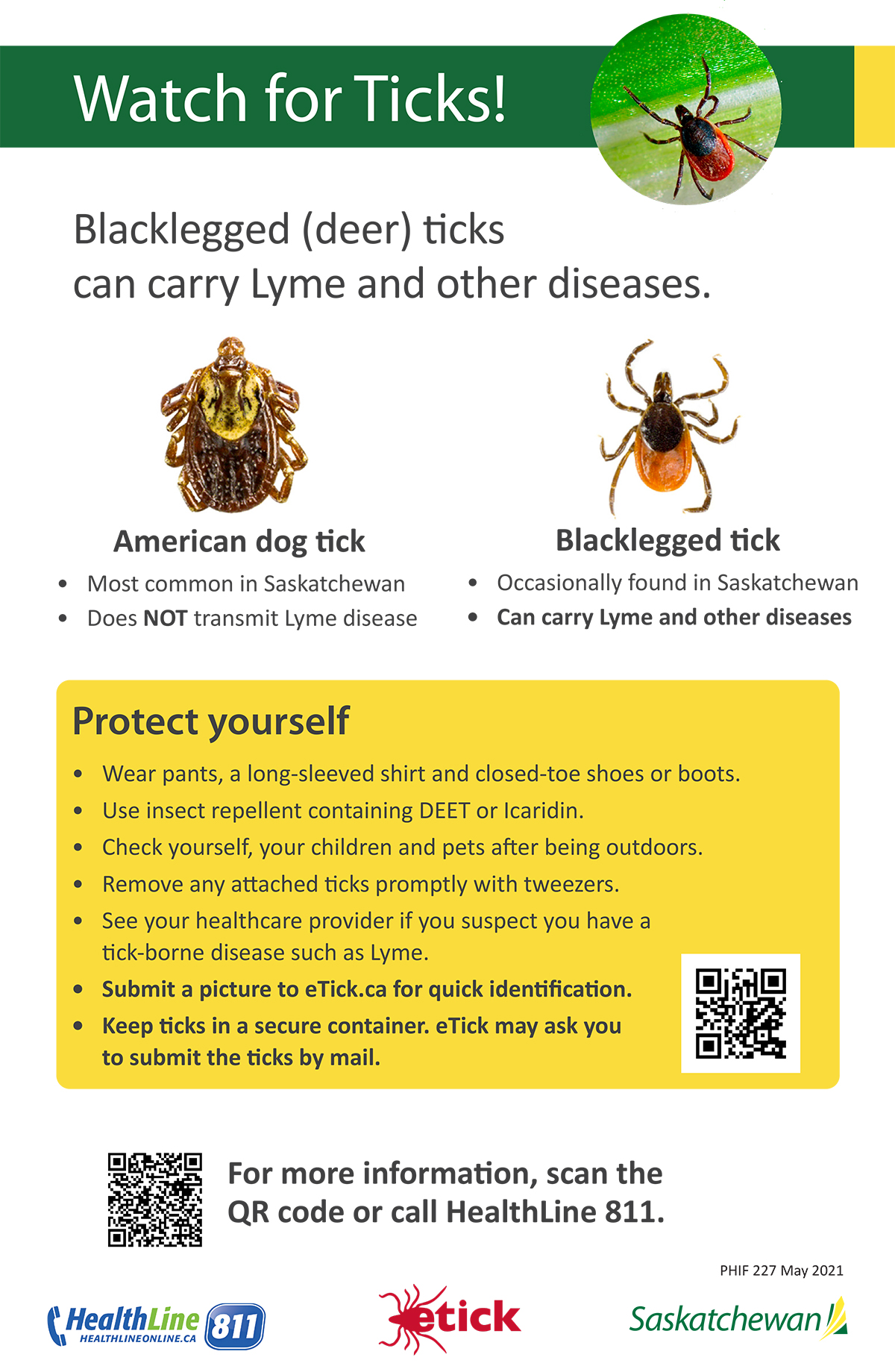As of early June, 11 blacklegged ticks had been identified in Saskatchewan, based on reports to a monitoring service called etick.ca.
Eleven tick sightings in a province the size of Saskatchewan is not a lot, but it’s much higher than 15 years ago, when three to five blacklegged ticks were reported in Saskatchewan in an entire year.
“They are still fairly rare … but we are seeing them more here in Saskatchewan,” said Jenny Wachter, a scientist with the Vaccine and Infectious Disease Organization (VIDO) at the University of Saskatchewan.
Read Also

Canola oil transloading facility opens
DP World just opened its new canola oil transload facility at the Port of Vancouver. It can ship one million tonnes of the commodity per year.
Blacklegged ticks are the type of tick that carry Lyme disease and spread it to humans. They prefer warmer and more humid climates in Western Canada, such as southeastern Manitoba and southern British Columbia.

Populations of the tiny pests, about the size of a sesame seed, are not yet established in Saskatchewan or Alberta.
The dominant species of ticks in the two provinces is dog ticks. The blacklegged ticks that are detected were likely transported to Alberta or Saskatchewan by birds and other wildlife.
In 2023, the public submitted photos and samples of 1,011 ticks for identification in Saskatchewan. Only 27 were blacklegged ticks.
Still, the province has large areas with suitable conditions for the ticks, says a provincial fact sheet on Lyme disease.
“People may be exposed to blacklegged ticks in wooded areas as well as brushy, overgrown areas between woods and open spaces.”
Exposure to blacklegged ticks does matter because Lyme disease is becoming a serious health issue in Canada:
- In 2009, Canada had 144 reported cases of Lyme disease.
- In 2024, there were 5,239 reported cases.
“(That’s) roughly a 3,500 per cent increase,” said a VIDO news release.
Considering the surge in Lyme disease cases in Canada, it‘s very possible that the disease will become more prevalent in more regions.
“Lyme disease isn’t just an issue for the eastern provinces anymore,” Wachter said.
“It’s here, it’s growing and we need to be ready.”
Wachter and other scientists are trying to understand the “sneaky” bacterium that causes Lyme disease — Borrelia burgdorferi. It’s sneaky because the bacterium is excellent at hiding in the host, allowing it to persist. Ticks can get the bacterium from mice or birds and then pass it to humans with a bite.
“Once a tick picks up Lyme disease, it can carry it for the rest of its life,” Wachter said.
Wachter and her VIDO colleagues are studying Borrelia burgdorferi to gain knowledge on how it survives in the tick and then moves to a new host, such as a human.
“I’m looking to tease apart … to find things we can target, to try and eradicate this disease, or at least treat it,” she said.
“We’ve honed in (on) the transition from the tick to the vertebrate host…. We’ve identified some key genes that are important for that (transition).”

This fundamental knowledge, on how the bacteria adapts and survives, could lead to new treatments for the disease — possibly a vaccine, so the body can respond to the pathogen and get rid of it.
For now, the best approach to Lyme disease is preventing tick bites and early detection.
Its critical to check for ticks after spending time in the wilderness.
If a tick bite is suspected, share that information with a doctor or health care provider.
However, diagnosing Lyme disease can be difficult because the common symptoms, such as fever and fatigue, are generalized and similar to other illnesses. One of the telltale symptoms is a bullseye rash near the location of the bite.
If the disease lingers in the body, in some cases the bacteria can cause more serious issues such as abnormal heartbeat, arthritis, mental confusion and nervous system disorders.
“We can’t really clear the (infection) on our own. We need antibiotics to clear it,” Wachter said.
“If a host is infected, it can be a very prolonged infection.”
Fortunately, if detected early, one round of antibiotics is usually sufficient to treat an infection.


















